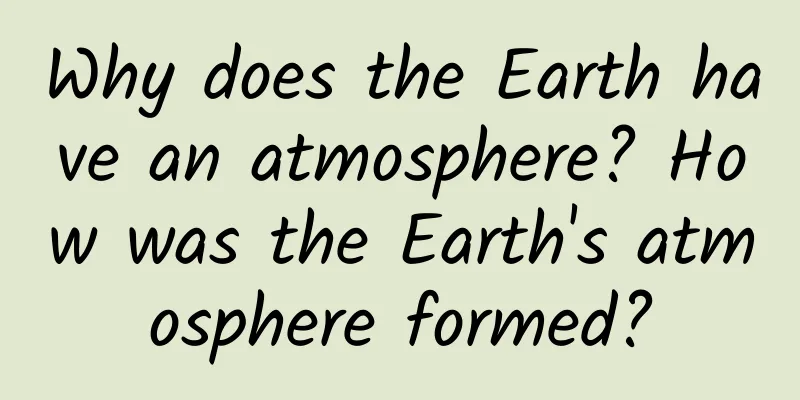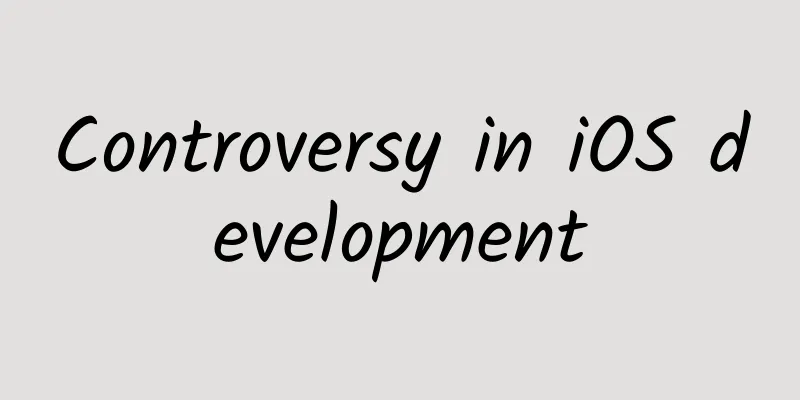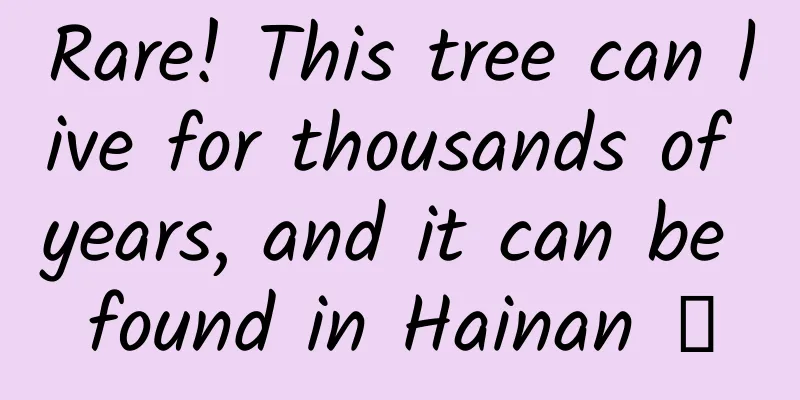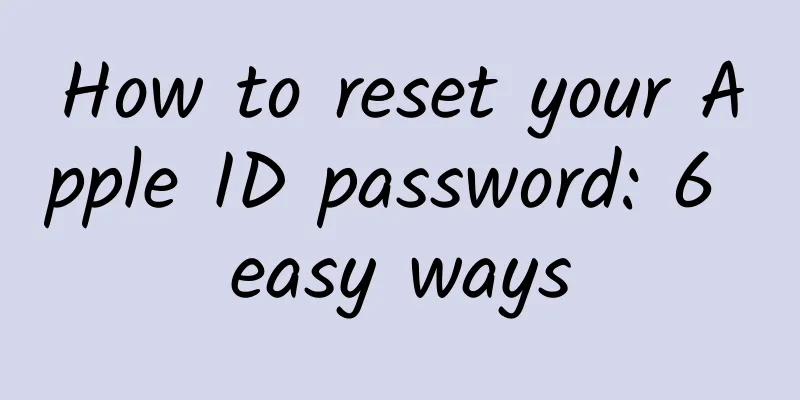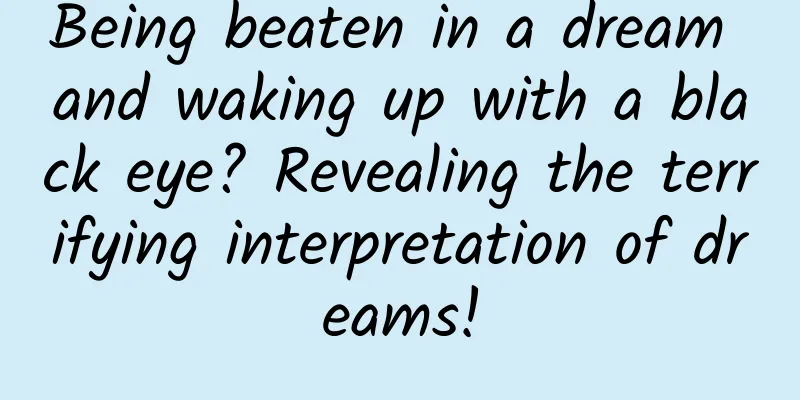Next single: Shuffle my life? | Digital Literacy
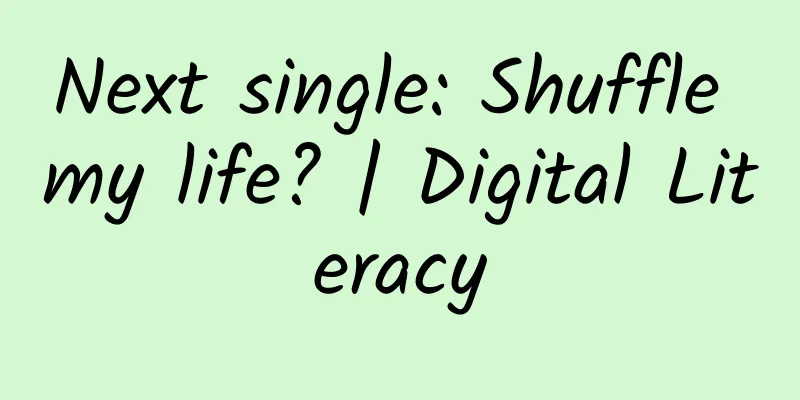
|
Audit expert: Jing Yuan, Intermediate Accountant When you are browsing Taobao, watching Tik Tok, or listening to music, do you sometimes feel that these apps know you better than you know yourself? These platforms will use big data, algorithms and other technologies to accurately push and personalize services to bring you care and warmth. However, in the current hot weather, sending "warmth" may also be a hassle. What to do if you have difficulty choosing? Leave everything to "randomness"! Taking listening to music as an example, many people choose to play music randomly because they often don’t know what to listen to, which is what we often call "difficulty in choosing", so they hope that the App can help them make a decision. Image source: Screenshot of NetEase Cloud Music In the history of music playing devices, the iPod Shuffle launched by Apple in 2005 is famous for its unique design. Compared with the common music players at that time, the iPod Shuffle can be regarded as an "outlier" - it has no screen, so an important question is how do users choose the songs to play? The answer is random play . Listeners can not only sync their favorite music through iTunes, but also sync a favorite playlist directly to iPod Shuffle. However, when using iPod Shuffle, the biggest experience that listeners can get is the charm of random playback, which is good news for those who have difficulty in making choices . There are two common ways of random playback, one is called Shuffle and the other is called Random. ▲ Shuffling algorithm source: 9to5Mac Shuffle is called a shuffle algorithm. Its principle is similar to shuffling playing cards. It simulates random playback by randomly arranging different amounts of music to get a random result. At the beginning of each playback session, the system will rearrange the song list, but once playback starts, the order in the list is fixed. This is called a 'pseudo-random' algorithm because it remains consistent within a playback session. Random is a truly random playback, that is, each time the next music is switched is unknown, just like opening a blind box on the spot, there is no pre-arranged list, so it is a "true random" algorithm. To tell whether it is true random or pseudo random, just click on "Previous". In the 'pseudo random' algorithm, the playlist is fixed at the beginning of the session, so clicking on 'Previous' will return to the previously played song. In the 'true random' algorithm, each song selection is independent, and the probability of playing the same song consecutively exists but is relatively low. Currently, the "shuffle algorithm" or its improved version is widely used in major music apps, which aims to balance randomness and user experience. For example, NetEase Cloud Music and QQ Music are using it. Can I give the decision-making power of my life to "Shuffle"? Which of the above two methods is better is a matter of opinion for each listener. But objectively speaking, the "shuffle algorithm" is popular because of its controllability and adaptability to the diverse needs of users. It allows the platform to have a certain degree of control over the playback order while users enjoy the fun of random playback. "; and "true random" provides a completely different experience, just like a small boat floating freely on the vast sea like a reed leaf, and every click is an unknown adventure. Random selection is so good that it can help us improve decision-making efficiency in listening to music, entertainment, shopping, etc., so can it help us make choices at the crossroads of life? Next, let's first understand the "algorithm" behind random selection. In the view of computer experts, an algorithm is "a finite, deterministic, effective method for solving problems that is suitable for implementation by computer programs, and is the foundation of computer science." Peng Lan explored this topic in depth in his book "Survival, Cognition, Relationships: How Algorithms Will Change Us." In layman's terms, today's algorithms can be seen as a set of instructions or plans based on data analysis and oriented to specific goals, implemented by computer programs . In the tapestry of digital society, "algorithms" are no longer just technical tools for information distribution or life services. By analyzing user data and behavior, they have gradually evolved into a dominant force that shapes individual behavior and preferences. If we regard reading messages, listening to music, and watching short videos as a variation of randomness, we can undoubtedly see the pervasive influence of algorithms in our daily lives. On the one hand, algorithms will "randomly" recommend and display similar content based on your preferences and dwell time. On the other hand, these apps make you mistakenly believe that you are exposed to diverse information, attracting you to keep sliding your fingers on the screen, eroding your time and attention, while in fact, we are trapped in a "pseudo-random" information cocoon. Image source: Baidu Images So, next time you watch Douyin or listen to music, you might as well take the initiative to break the algorithm's inherent recommendation mode by actively searching for unfamiliar content and achieve "reverse domestication" of the algorithm. For example, set one day a week as an "exploration day" to browse and learn videos or music in new fields. As time accumulates, you will find that the recommended content gradually becomes richer and richer. Through this process, we are actually working with the algorithm to explore a broader world, making it a partner in enriching our aesthetics, rather than a single decision maker. " When you give up the right to choose, the right to make decisions is also at risk ." We must take the decision-making power in our lives into our own hands. Take a “random” test of your digital literacy Image source: Baotu.com, Wenxinyiyan AI generated Based on the four pictures “randomly” set by the editor, please determine which one is generated by AI? The answer is at the end of the article~ So, what is digital literacy ? The term "digital literacy" originated in the 1990s. Paul Gilster first defined the term, saying that " digital literacy is the comprehensive ability to acquire, understand, and use Internet information ." The "Action Plan for Improving the Digital Literacy and Skills of All People 2022-2035" issued by the Central Cyberspace Security and Informatization Commission points out that digital literacy is a collection of a series of qualities and abilities such as digital acquisition, production, use, evaluation, interaction, sharing, innovation, security, ethics, etc. that citizens in the digital society should have in their learning, work and life . In a nutshell, in the face of the digitalization of survival and lifestyle, digital literacy is a kind of cultivation that allows us to better enjoy digital life . To give a typical example, when we see a picture or a piece of information on the Internet, whether we can distinguish its authenticity can reflect our digital literacy. You may think that surfing the Internet does not require such seriousness. However, if we lack critical thinking about the information on the Internet, we will be influenced by intelligent machines and our thoughts will fall into a state of being controlled. Taking random playback as an example, if you give the choice completely to the "shuffling algorithm" of the music app, it will affect and even shape your music taste. In an era of rapid development of new technologies such as algorithms and artificial intelligence, improving digital literacy is crucial. Improving digital literacy requires us to learn to verify information from multiple angles, pay attention to credible channels, and develop basic fact-checking skills, but most importantly, we must maintain independent thinking. Technology is constantly being updated and iterated, but what remains unchanged is that people must always have their own thinking. In this era full of uncertainty and "randomness" everywhere, we need to take the initiative to understand and think, hold the reins of our will, and control the beast of technology. The answer to the test is revealed below: D (Image generated by Wenxinyiyan) |
<<: Cicada: I hibernate underground for 17 years! Netizen: Fried is best
>>: Floods in the south and droughts in the north, why is the weather so strange this year?
Recommend
The biggest difference between Chinese and American companies in data analysis: the practice of growth hacking
1. Spending money ≠ growth, data-driven is a capa...
If an employee voluntarily gives up social insurance, the employer cannot be exempted from liability! What exactly happened? What are the consequences of giving up? Details attached!
Nowadays, almost all companies will pay social se...
Solar flares: Will the sun's sneeze eat up radio signals?
Solar flares are sudden and bright phenomena on t...
Online education product promotion practice
In this article, the author introduces how to imp...
Friends who want to buy Lavida, please wait. The new and high-looking Eado XT is coming soon.
Changan recently released the official pictures o...
How to build a user portrait that can be implemented?
01Written in front User portrait is a commonplace...
How to place a huge amount of money | FAQs on placing a huge amount of money
This article is a Q&A about Juliang Qianchuan...
2015 App Operation and Promotion Strategy (Full Version)
The basic tone of the APP operation and promotion...
3 ways to break down your user growth strategy
When making your growth strategy for the new year...
Tips for the 2nd phase of the Chan Theory Basic Course in 2022
Tips for the 2nd 2022 resource introduction of th...
So so so so so so so so beautiful!
October 19th, local time NASA announced The James...
What kinds of data are mainly analyzed for SEM optimization? How do novice SEM users perform data analysis?
SEM is the abbreviation of Search Engine Marketin...
"Double positive" appears in many places? Zhang Wenhong reminds: These three types of people should pay special attention!
Recently, many people posted their positive antig...
Youzituan's high-yield Baijiahao money-making project, simple operation to achieve a monthly income of 5000+
Youzituan's high-yield Baijiahao money-making...
We found the customer base, but failed in the investment. Why is B2B marketing so difficult?
Under the new marketing concept, low-cost custome...


